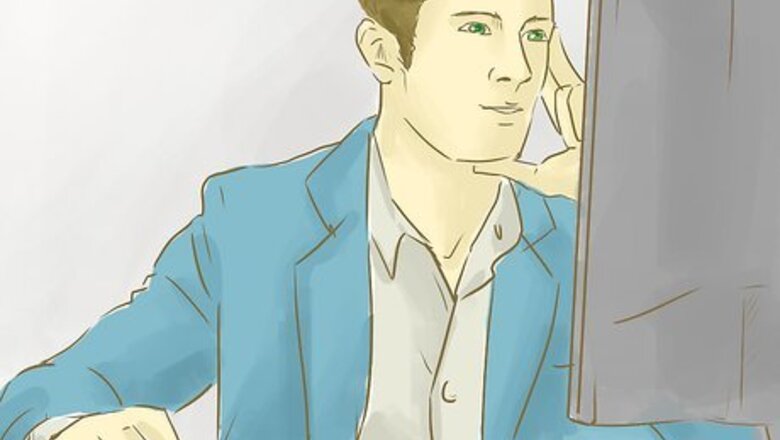
views
Before the Trip

Do some research on the substance. Although trip sitters can be used with any sort of mind-altering substance, they are usually assigned when dealing with hallucinogens, which are classified into three groups: psychedelics, deliriants, and dissociatives. Educate both yourself and the user on the specific substance to know what the effects will be and the duration. Psychedelics, such as LSD, peyote, and psilocybin mushrooms, alter cognition and perception. Common effects include visual and auditory hallucinations, sensory changes, and feelings of happiness, euphoria, and relaxation. Deliriants, such as atropine, induce a state of delirium, characterized by vivid hallucinations, confusion, and stupor (a state of non-responsiveness). Dissociatives, such as ketamine, PCP, and DXM, cause the user to go into a state of dissociation (meaning one becomes detached from reality). Distortions in sight and sound are also present. Unwanted adverse effects common in all drug classes include nausea, anxiety, paranoia, fatigue, and irregularities in heart rate.
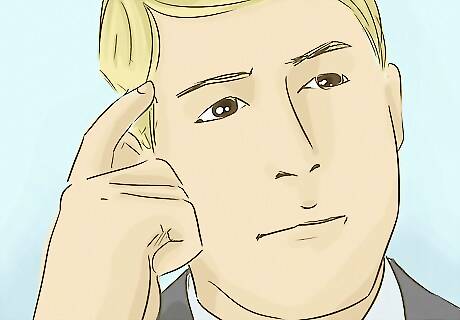
Know about the five levels of psychedelic experience. In Timothy Leary's book entitled, The Psychedelic Experience: A Manual Based on the Tibetan Book of the Dead, there are five levels that depend on the substance and dosage strength. Level 1: user feels relaxed and subtle visual enhancements can be observed, as well as music having a richer sound. Light doses of magic mushrooms and common doses of cannabis can bring on this level. Level 2: colours and visuals appear brighter and closed-eye hallucinations may appear as geometric 2-D patterns. Thought processes may be abstract and the user's train of thought may not be easily followed. This level is caused by strong doses of cannabis, light doses of LSD, and light to common doses of mushrooms. Level 3: open-eyed visuals become very obvious, with patterns and warped textures. Closing one's eyes brings on extremely vivid multidimensional geometric patterns. Time begins to become noticeably distorted and movement can be difficult. Brought on by common doses of LSD, mushrooms, and very high doses of cannabis. Level 4: Strong hallucinations as objects may morph into one another. Personification of objects may be observed, such as things speaking to the user. Ego death may occur, resulting in a loss of sense of identity. Time is no longer apparent. Strong synesthesia. Achieved with strong doses of LSD, mushrooms, and mescaline. Level 5: high-intensity experience; total disconnection with reality to the extent that attempting to explain the effects would be near impossible. Senses no longer function normally. The ego is completely gone. Extreme euphoria and enlightenment may occur and the user may feel a sense of complete oneness. Consuming salvia or extremely high doses of mushrooms or LSD brings on this level.

Ensure that the user's schedule is completely empty. Depending on the substance and dosage, the high may last for up to 8 hours. Aim for a weekend or a day when the user won't be bothered by unexpected phone calls or guests. Because some physiologic effects may still occur even after the high is gone, consider a date when the user doesn't have any plans or deadlines the next day. You wouldn't want the user to get high on Sunday, only to skip the very important meeting on Monday due to fatigue.
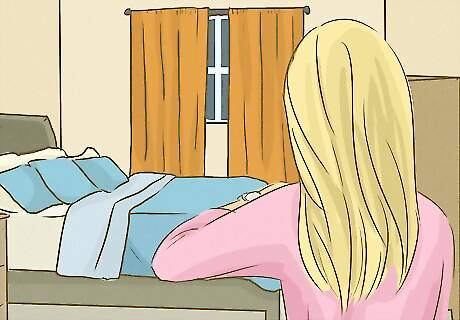
Create a proper set and setting. Keeping the user relaxed and comfortable will minimize the possibility of a bad trip. "Set" refers to the mindset of the user, such as thoughts, moods, and expectations of the experience. Because these substances alter how the user thinks and views the world, it's important for the user to have a relaxed state of mind prior to consumption. Address any concerns the user may have to prevent the possibility of a bad trip. "Setting" is the physical and social environment surrounding the user. Negative experiences and feelings are less likely to occur if the user is located in an open, familiar, and relaxing environment, such as a bedroom. Do whatever it takes to make the room as comfortable as possible: adjust the lighting, change the temperature, or put on some music.
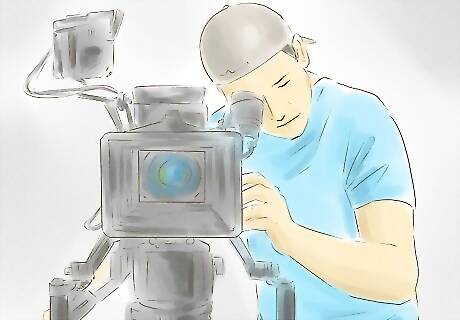
Consider filming the experience. Psychedelic drugs have the potential to widen the user's sense of self-awareness with the world and consciousness. Because psychedelic experiences are largely influenced on the drug, dosage, tolerance level, and personal expectations, trips can be quite vivid and extremely difficult to describe. Filming the trip allows both you and the user to easily discuss and reflect on the experience.
During the Trip

Choose whether you want to actively interact with the user or stay uninvolved. In some situations such as during psychedelic therapy, the user may engage in guided meditation with the sitter. In other cases, the mere presence of another person is enough to keep the user calm.
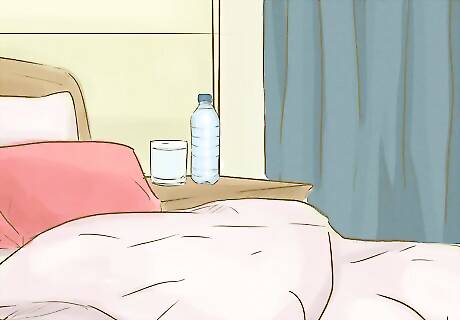
Have a supply of water nearby and encourage the user to keep hydrated. A common side effect is dry mouth.
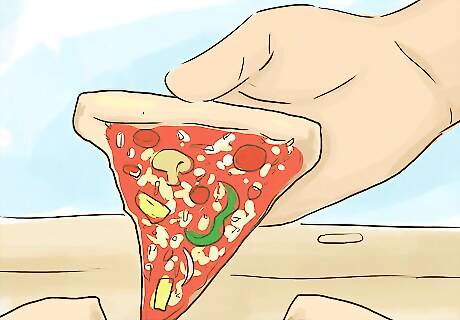
Anticipate "the munchies" by preparing food. Many drugs, like cannabis, cause an increase in appetite and users often experience greater enjoyment of food. Savoury foods like pizza, sandwiches, and chicken wings are sure to enhance the experience.
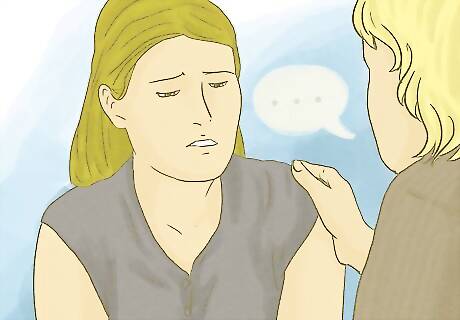
Intervene if the user feels a bad trip coming on. Overwhelming fear, anxiety, and depression are signs of an unpleasant experience. Calm the user by reminding them that this experience was brought on by a mind-altering substance and it'll fade away in a matter of hours (or minutes). Because a person's thoughts can influence the nature of the experience, reassure the user that everything will be okay. Try to change their mood by telling them that they took this substance to have a good time and nothing bad will physically happen to them. Move the user to another relaxing location. If the weather is nice and sunny, go for a walk. A change of scenery should provide more reassurance. Know what situations you can and can't handle and consider calling for professional medical assistance if you need to. Hospitals provide a safe environment and doctors are able to administer sedatives to help the user calm down and become less agitated.
After the Trip

Discuss the experience. If it was being filmed, play back the recording. When practicing psychedelic therapy, integrate the experience into your notes and make connections as to how the experience changed the user's thoughts and cognition.
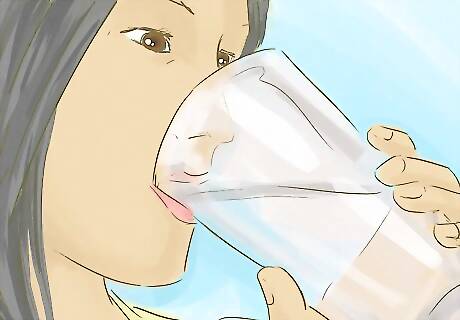
Monitor the aftereffects. Some users may still feel a bit anxious and paranoid after the drug's peak has passed. Dry mouth is a common aftereffect, so continue hydration.
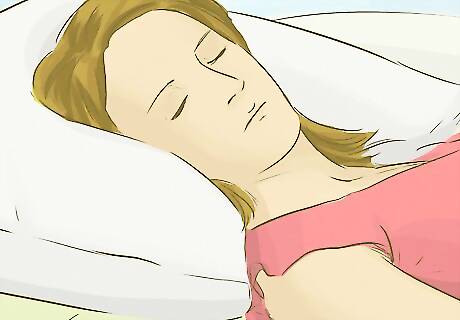
Allow the user to rest. Fatigue and tiredness is common after a trip (for instance, cannabis indica has the potential to induce sleepiness after the initial high). Sleep will also bring the user back to sobriety.














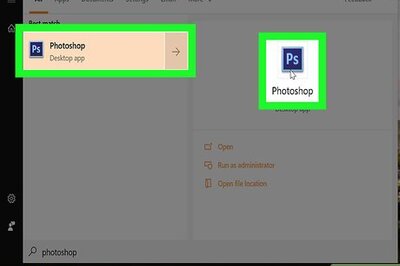



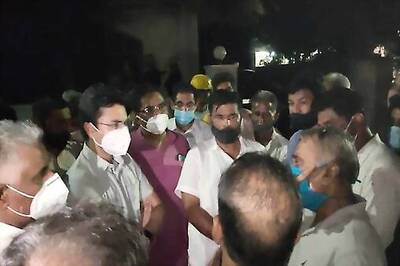

Comments
0 comment